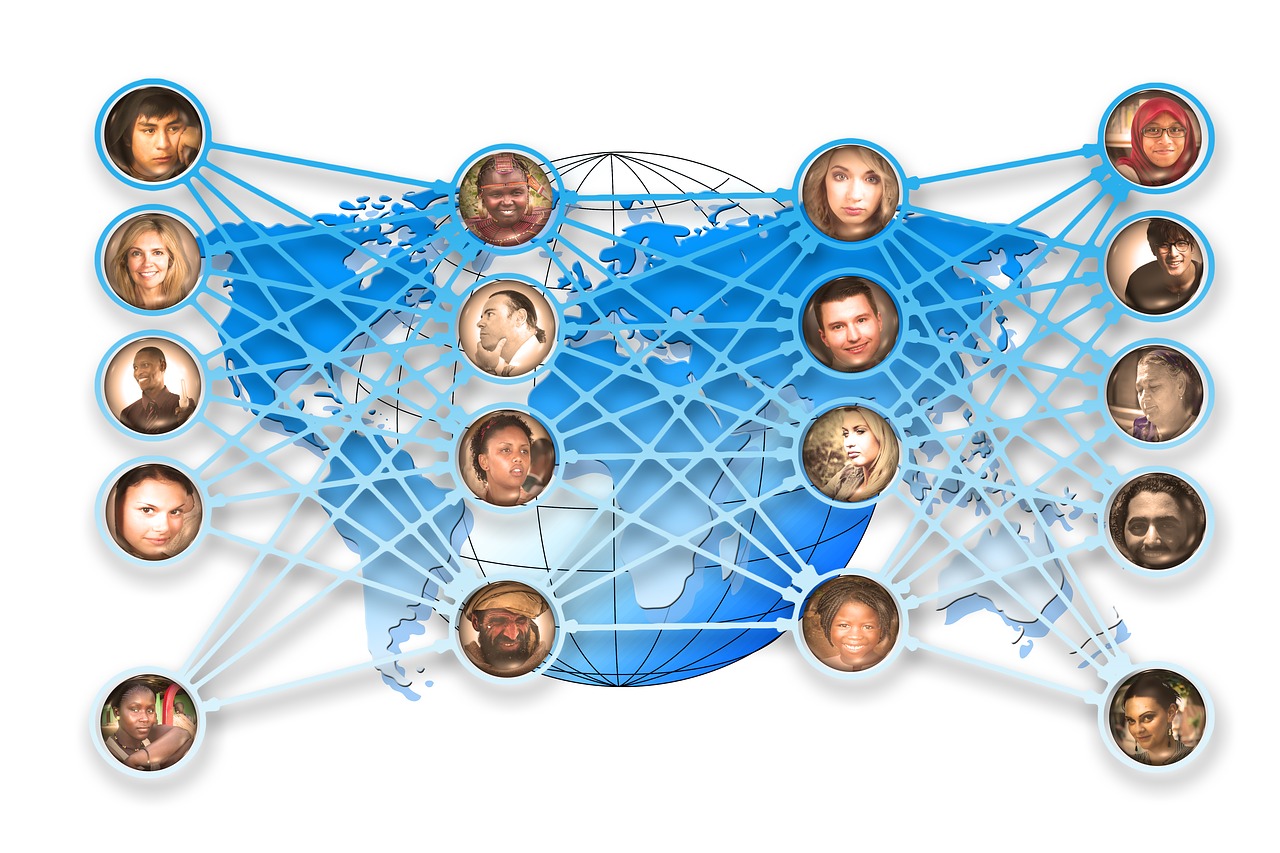Screening through large data sets to determine the best content to be used for high-converting customers, for any given channel, at an optimal time is no longer a feat dedicated to human intelligence. It is best to delegate such complex processes to machine learning algorithms that use prediction recommendation models.
A precursor to this article explains how predictive models are used to generate content recommendations in a Customer Data Platform (CDP). Content recommendations being one of them, we have deployed a variety of use cases that depend on predictive models of machine learning algorithms.
Use of Predictive Recommendation models by CDPs
To solve the problem of fragmented sources of data, marketers have traditionally used rule-based approaches, but today that is simply not enough. Rule-based approach only fits into those scenarios within the limited set of rules, falling way short of what is needed and keeping the marketer out of the other set of unknown possibilities.
These limitations brought us to introduce machine learning algorithms in our core CDP platform that can support the following use cases.
Cohort Auto-segmentation
This is one of the top preferred features among FirstHive users. Using data such as look-alike customers, response rate, demographics, and many other parameters, machine learning algorithms can predict customer segments with formulation cues. These are segments created using automation within the platform. This helps in building more mature segments that would hence be designed for optimization.
Advanced Customer Data Management
Predictive models are used to develop advanced identity resolution algorithms that come with the ability to support multiple logical data stores and apply different rules to them. They come with in-built connectors and capabilities for advanced data transformations. They also carry out complex data management and schema changes on an ongoing basis using a graphical interface.
Offline Aggregation to include Omnichannel Strategy
Only a few of the CDPs like FirstHive also cater to the function of offline data aggregation which most often occurs at PoS terminals, QR codes reading, connected smart devices, and other similar instances. This is critical for content recommendations that are in the offline universe of marketing channels. To estimate which of those offline channels are best for content delivery, predictive recommendations bring in true value.
Customer Support
Integrated systems such as email, ticket resolution, chat, and voice calling that build a customer support interface can be managed better for optimized resolution. Based on customer profile and persona tagging, each customer could be handled in a way that is most appreciated by her. Customer support associates will be equipped with information about how each customer is comfortable with a support channel and their response. If the customer is a first-time support user, then the associate will be informed about her preferences.
Algorithms provide proactive recommendations that the customer support executive can have handy while tackling customer queries.
Real-time Customer Data
Apart from use cases where algorithms are deployed to churn out recommendations and have them stacked in a dashboard, real-time data is also a predictive model capability. Machine learning algorithms are formulated to churn out recommendations using a combination of historic and real-time customer data.
Such data is most often used as a feedback mechanism for campaign activation across different channels.
More Use cases
Some other use cases where predictive modeling can be actively deployed are outbound marketing campaign support, e-commerce recommendations and optimization, lead scoring and predictive scoring models. Within a CDP the most common models that are put to use are clustering models for customer segmentation, propensity models that determine probability and predictions, collaborative filtering for recommendations, and content-based models that are used at times when your systems lack historical data to build recommendations upon.
Should you have any questions about your specific use case, feel free to reach out to us at marketing@firsthive.com








